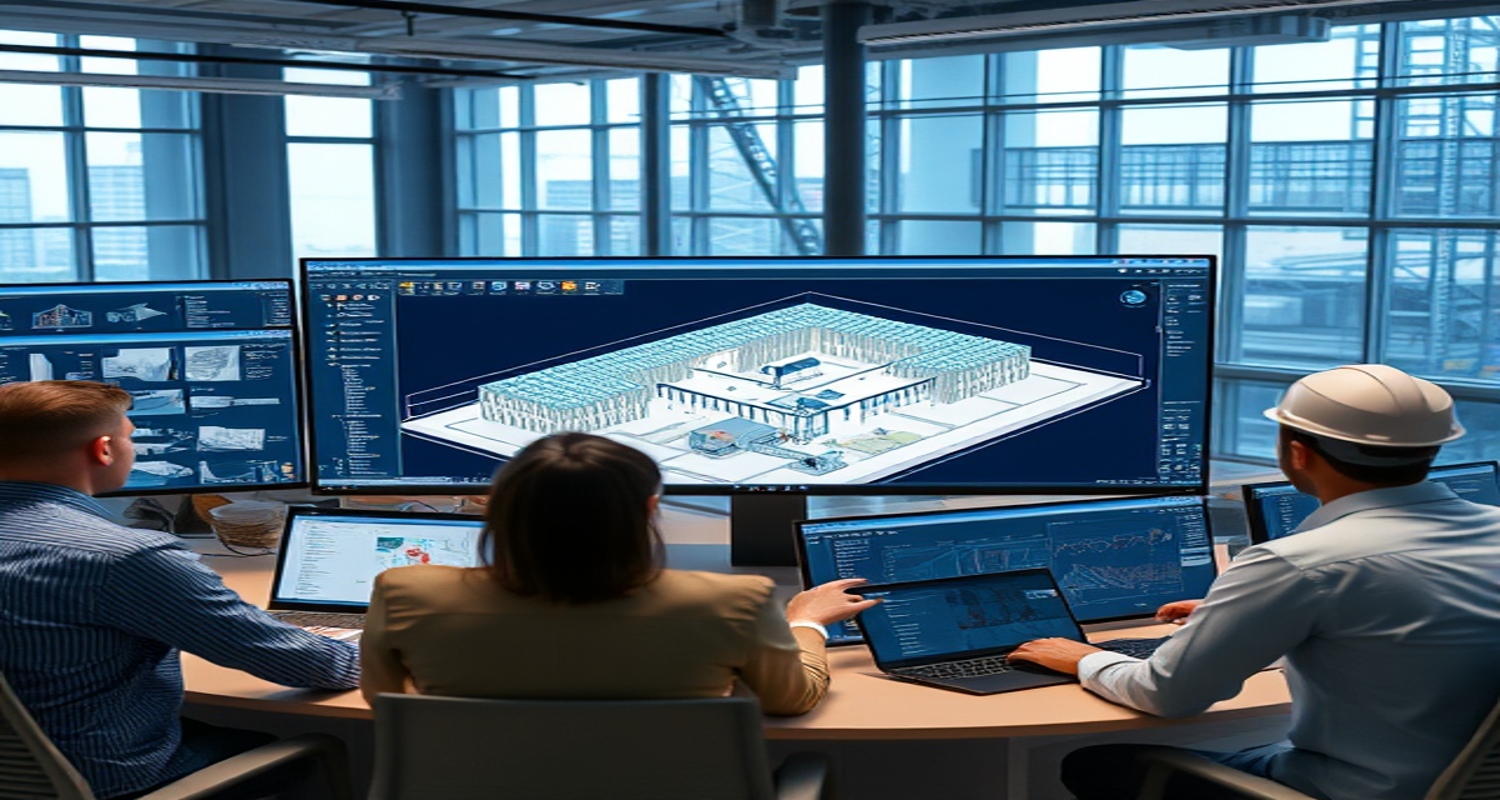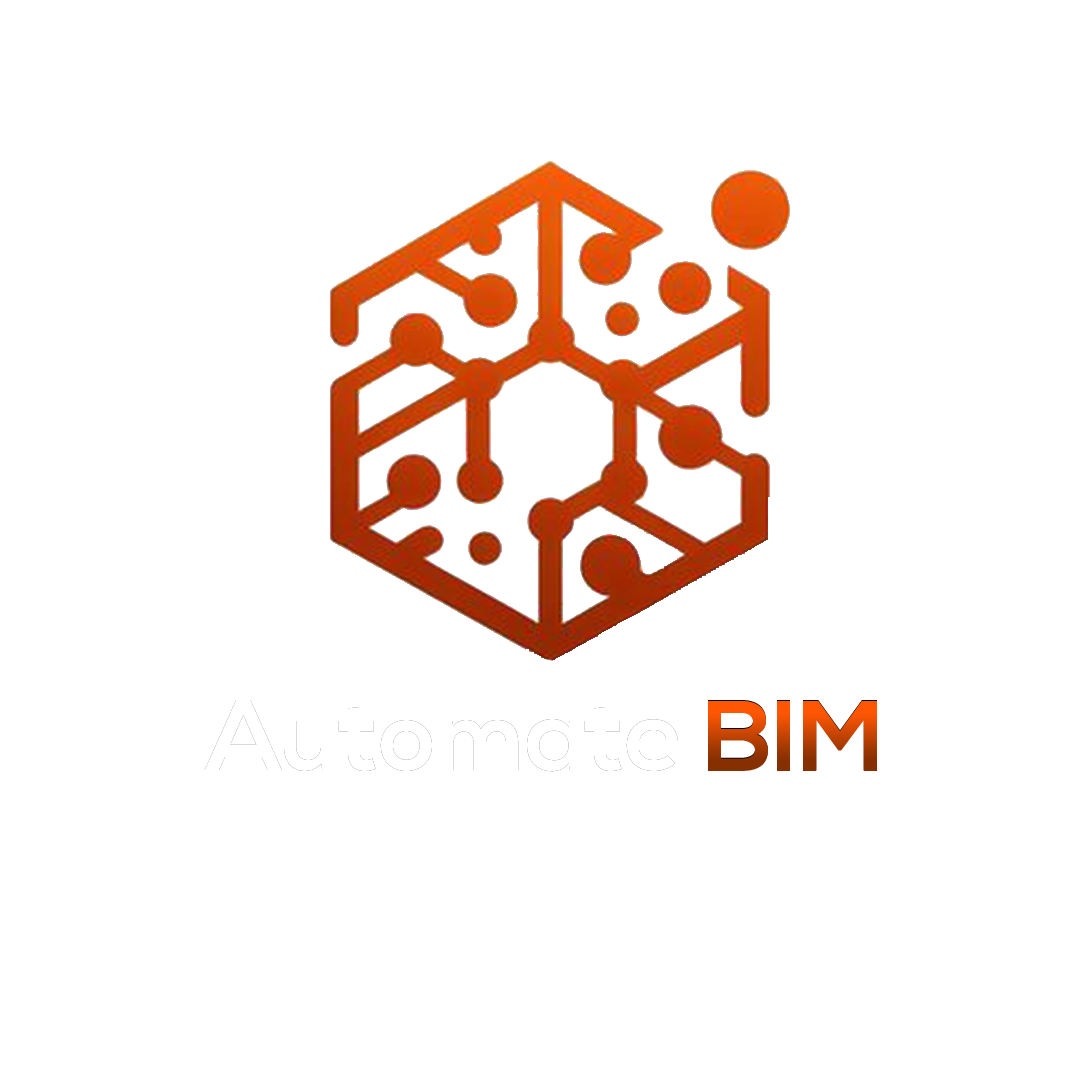
Intro post:
Top 10 reasons you need Revit.
Building Information Modeling has transformed the nature of facilities in architectural, engineering & construction industries. It offers more efficient management of projects with greater collaboration among teams & enhanced designs. Among the leaders who are bringing about this revolution are powerful BIM software like Autodesk Revit, which changed the approach of the professionals in design, construction, and facility management on a fundamental basis.
1. One Tool for All Disciplines :
Revit is an all-in-one platform for architects, structural engineers, and MEP specialists besides contractors. Eliminates many software tools the disciplines communicate.
Key Benefits include :
2. Parametric design and modeling :
Revit has brought parametric modeling, where the user can specify and control the connections between building components. The software automatically updates the related components when a part is changed, thus maintaining design consistency.
Key Benefits include :
3. Collaboration in the Cloud:
The integration of Revit with Autodesk BIM 360 has transformed the way projects are collaborated on. Teams can collaborate on shared models in real time, regardless of their location.
Key Benefits include :



4. Data-Driven Decision Making :
Such direct scheduling, cost estimates, and material takeoffs will also come out of the Revit model. Data-driven methodologies will then give stakeholders a decision-making platform along the way through the project.
Key Benefits include :
5. Visualization and Presentation:
Revit allows users to create high-quality 3D visualizations, including walk-throughs and renderings that bring designs to life. Such features enhance understanding by clients and stakeholders at the onset of the project.
Key Benefits include :
6. Sustainability and Energy Analysis:
With built-in tools such as Insight, Revit enables energy analysis and sustainable design. Designers can analyze building performance and find energy-efficient solutions at the design stage.
Key Benefits include :
7. Enhanced Construction Documentation:
Revit produces construction documents directly from the BIM model. This way, it will always keep the documents up to date. This will also remove the disparity between design and construction, reducing errors.
Key Benefits include :
8. Support for Complex and Large-Scale Projects:
Revit can handle highly detailed and large-scale projects. Its ability to manage complex geometries, integrate with other software & manage large datasets makes it indispensable for modern AEC projects.
Key Benefits include :
9. Industry Standard for BIM Adoption:
Since its inception, it has become synonymous with BIM adoption in the AEC industry. The governments and organizations of many countries now require it for all public and private projects; that is why it holds the first spot in industry.
Key Benefits include :
10. Continuous Innovation and Integration:
Through user recommendations and industry tendencies, Autodesk constantly enriches Revit with new and improved features. This way, Revit is state-of-the-art BIM technology.
Key Benefits include :
![IMG-20241015-WA0001[1] IMG-20241015-WA0001[1]](https://automatebim.com/wp-content/uploads/2025/01/IMG-20241015-WA00011-scaled-54x54.jpg)
The BIM industry has revolutionized a comprehensive, data-driven & collaborative platform that empowers professionals to deliver high-quality projects. Its impact extends beyond design and construction, touching sustainability, efficiency & innovation in the whole AEC landscape.
As the industry continues to evolve, Revit will undoubtedly become a cornerstone of BIM workflows, empowering the professional community to manage increasingly challenging tasks with greater success.
If you’re ready to take your BIM capabilities to the next level, consider exploring Revit and its extensive ecosystem of tools.






